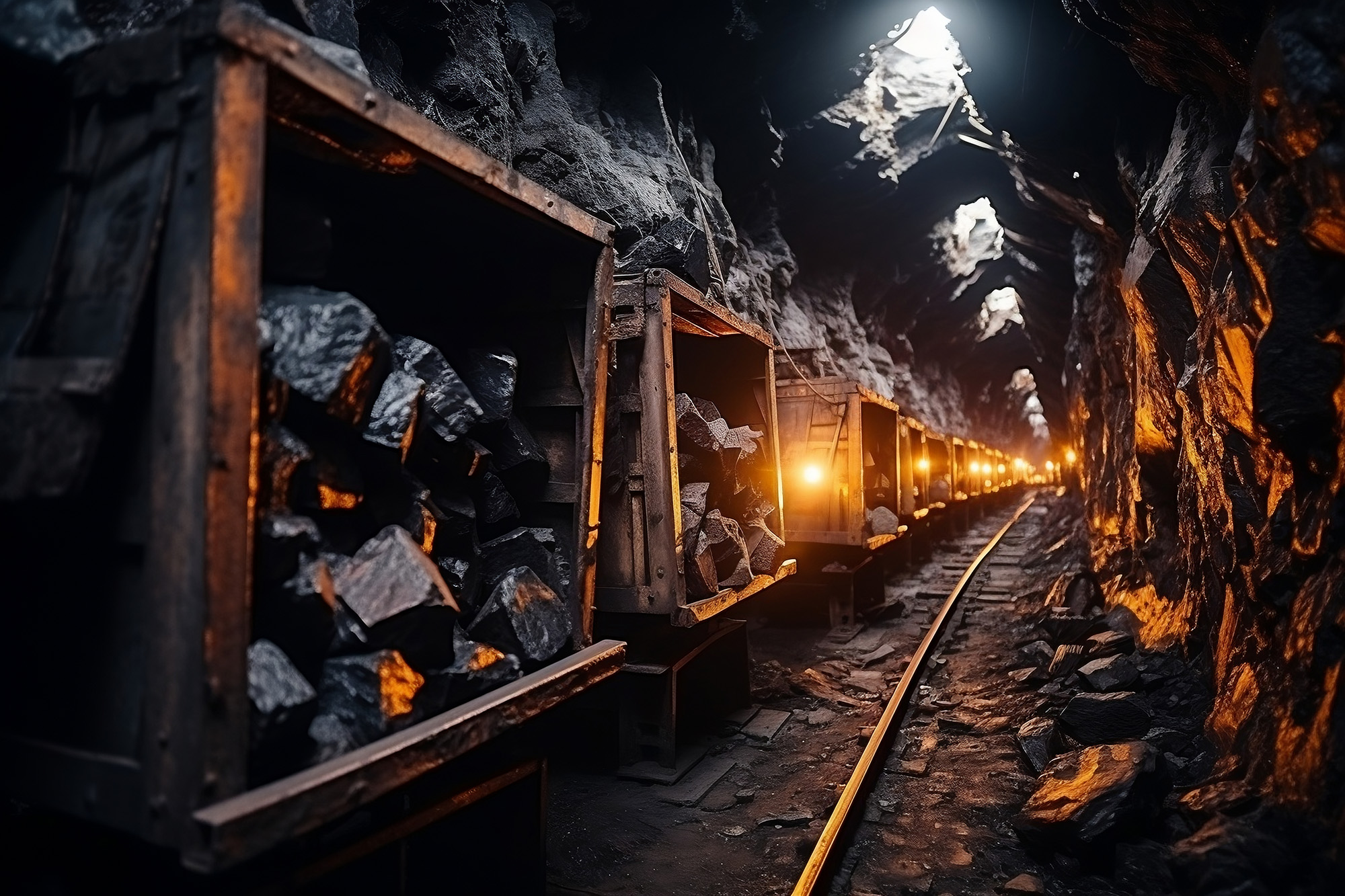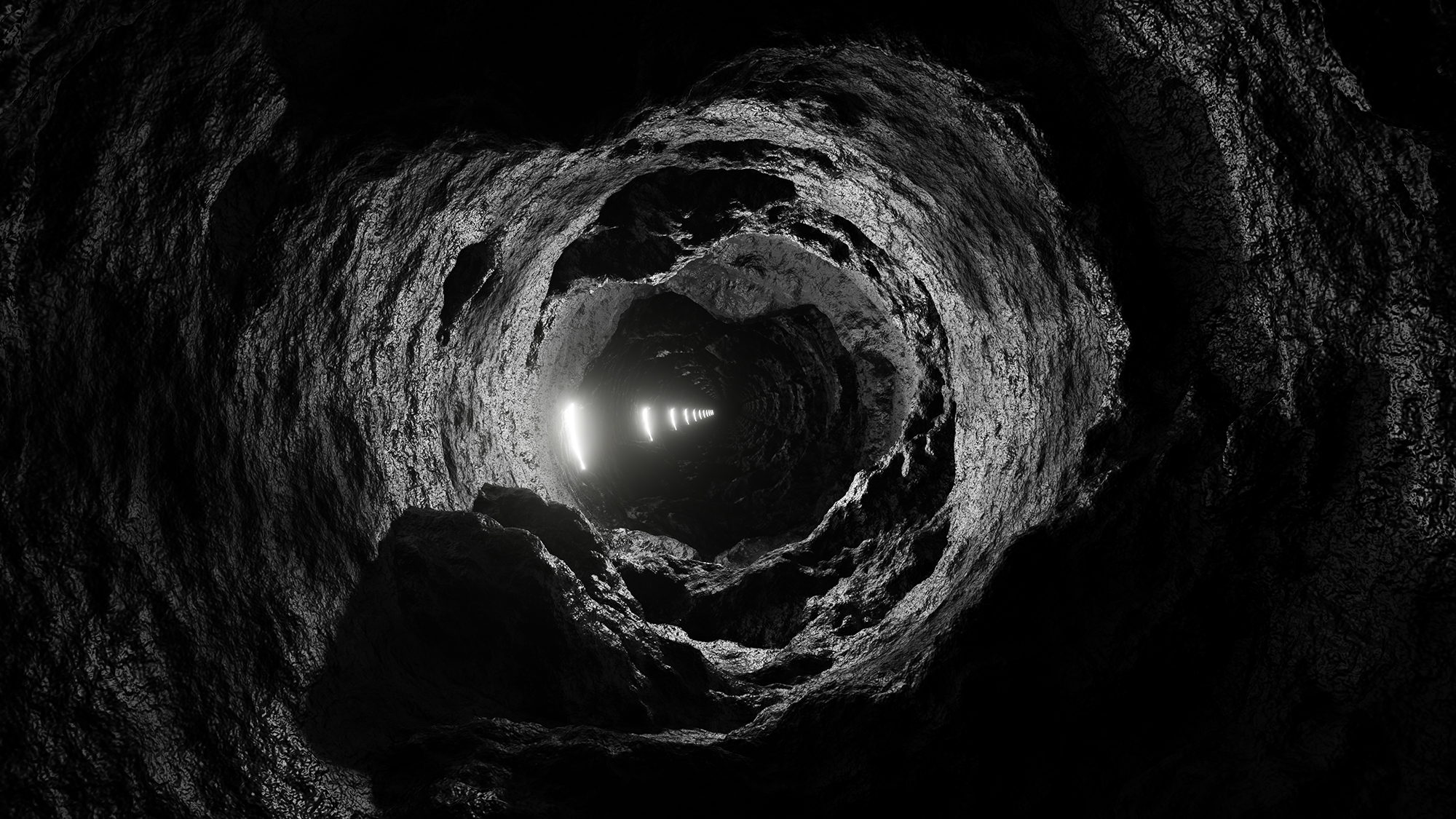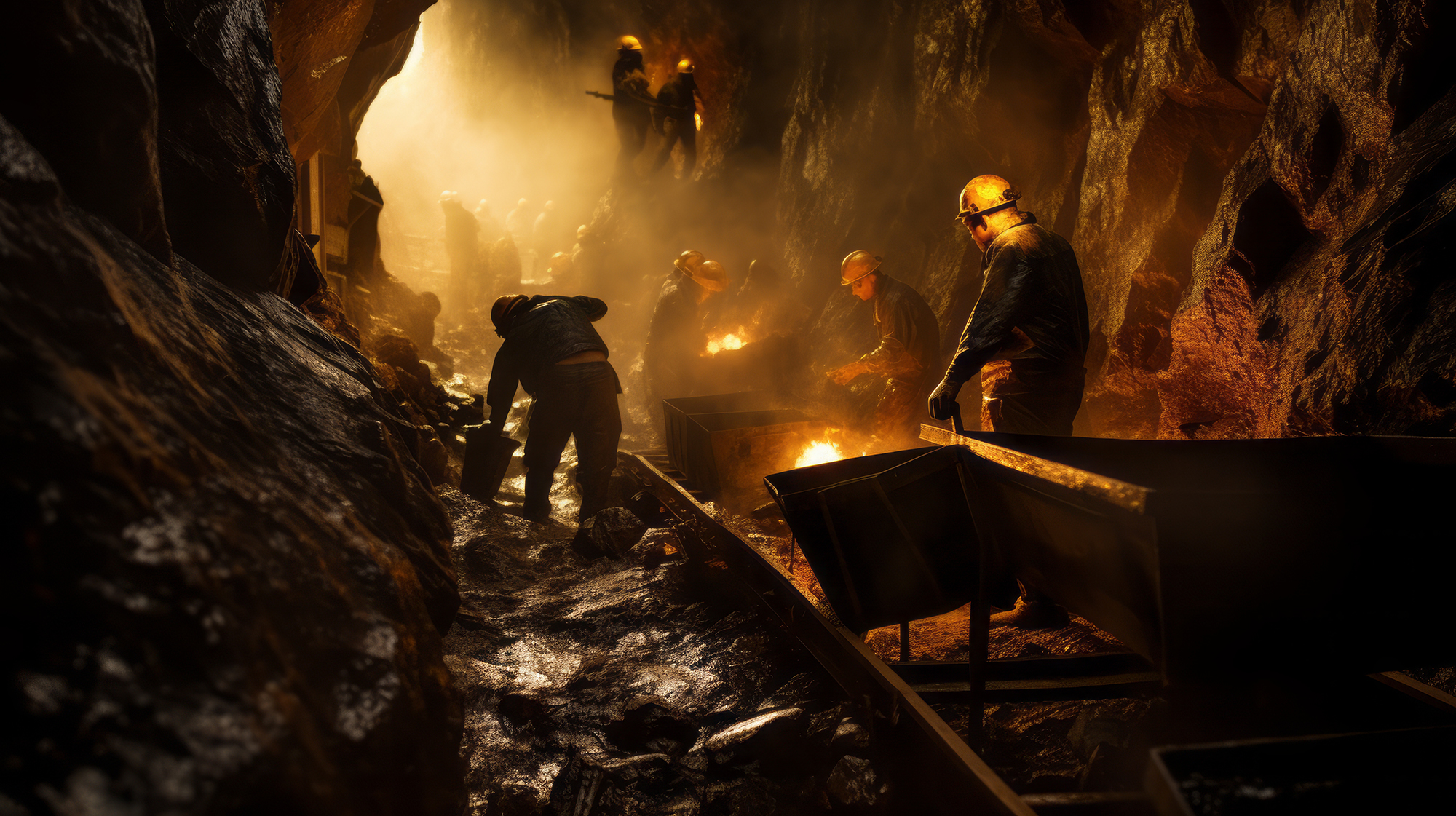
Geology and Coal Bursts: The Connection
Understanding the geological conditions that predispose an area to coal bursts is the first step in predicting and preventing these events. The characteristics of both the coal seam and the surrounding rock play critical roles in the likelihood of a coal burst.
Coal seams with a high degree of internal strength and stiffness are more susceptible to bursts. These properties prevent the coal from deforming under pressure, increasing the potential for sudden, violent failure. The surrounding rock’s strength, stiffness, and structure are also important factors. Hard, massive rocks can apply significant pressure to the coal seam, contributing to the buildup of stress that can lead to a burst.
2.1: Stress Factors and Conditions Leading to Coal Bursts
Coal bursts are fundamentally a response to stress. When the stress acting on a coal seam exceeds the seam’s strength, a burst can occur. The origin of this stress can be natural, related to the overburden pressure, tectonic activity, or the geological history of the area. It can also be anthropogenic, induced by the mining operations themselves.
The method and progression of mining can significantly influence the stress distribution in a mine. Traditional “room and pillar” mining methods, for instance, can lead to high-stress conditions around the coal pillars left to support the roof. The deeper the mining operation, the higher the stress due to overburden pressure, which increases the risk of coal bursts.
Directional changes in mining operations can also create areas of high stress. For example, mining around a curve or corner can lead to stress concentrations, as can sudden changes in the thickness or inclination of the coal seam.
2.2: The Critical Role of Monitoring
Understanding the geological and stress conditions that can lead to a coal burst is crucial for effective prediction and prevention. Monitoring tools such as borehole pressure sensors, seismic monitoring systems, and stress mapping techniques can provide valuable information about the ongoing stress conditions in a mine. The data collected from these tools can inform the development of safe mining plans and early warning systems for coal bursts.
In the following chapter, we will examine past coal burst incidents and explore how our understanding and management of these events have evolved over time. We will also delve into the crucial aspects of risk factors and causes associated with coal bursts to better comprehend the situations that can lead to such devastating events.








